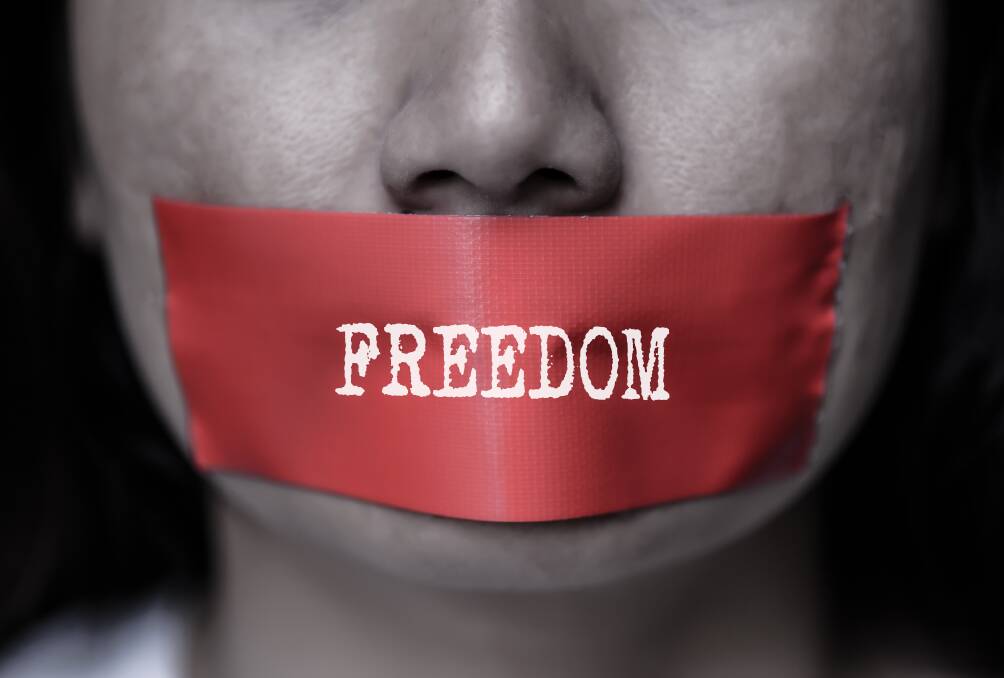
Sometimes history provides a moment, an image, a piece of film, that has the power to capture the full weight of a crisis.
Subscribe now for unlimited access.
$0/
(min cost $0)
or signup to continue reading
Occasionally those images have a way of telling a story that resonates with such gravity that it carries a meaning well beyond the actual incident.
Last week, a Channel 7 journalist, Amelia Brace, and her cameraman, Timothy Myers, were attacked by American policemen during a protest near the White House in Washington.
It seemed indicative of the crisis America is undergoing that during a peaceful protest against police brutality, the world could actually witness police brutality live on television.
That incident was particularly disturbing, because when a cameraman is filming he is providing the lens we see the world through, and so, in effect, the camera acts as "our eyes".
When an armed police officer menacingly dressed in riot gear smashes his shield into the camera, he is also striking us... in the face. And his violence is speaking to us. It is saying, "you cannot watch what is going on here. This is not for your eyes".
That incident was shocking in its own right, but it was just a brief moment in a bigger and more alarming narrative.
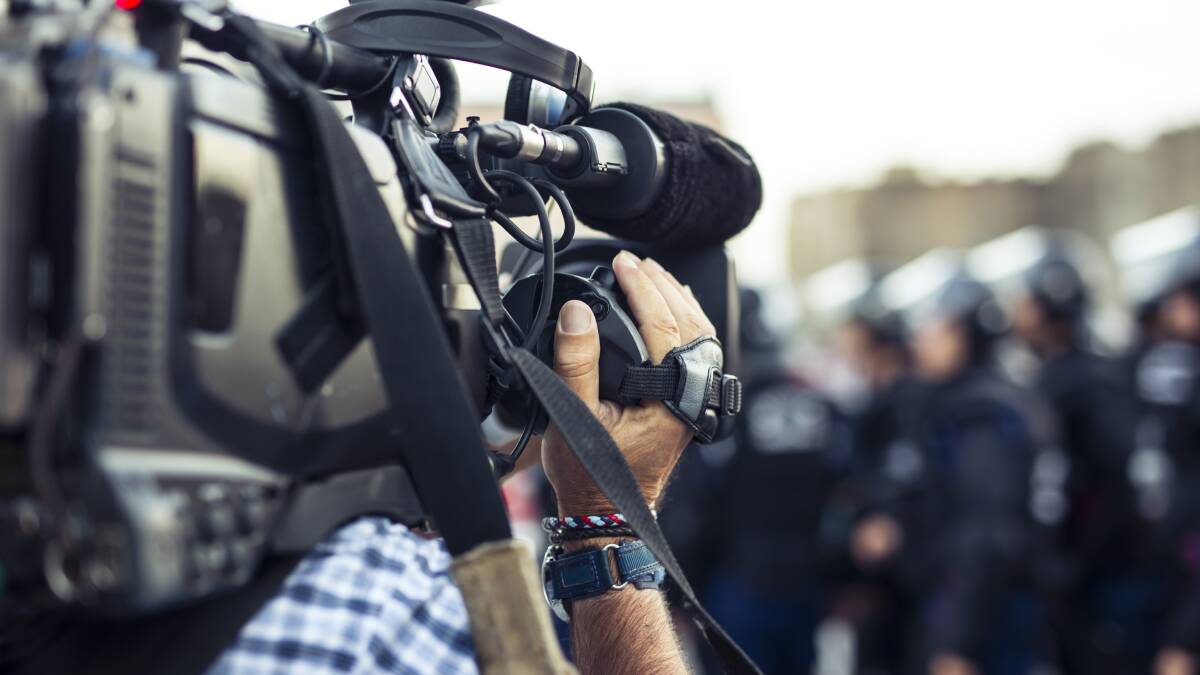
Unfortunately, it wasn't an isolated incident. The US Press Freedom Tracker has reported 149 attacks by police against journalists covering the protests in several states across America in the last week in what is an all too literal example of shooting the messenger.
And this is disturbingly different. It is generally understood that in democracies, journalists, photographers and cameramen can go about their business covering news events without being brutalised by police.
When the free press is not free to do its job, then we can suspect we are witnessing a nation's democratic structures crumbling and that tyranny is close at hand.
Silencing the media is generally little more than an attempt to erase public memory.
The Lamestream Media is doing everything within their power to foment hatred and anarchy. As long as everybody understands what they are doing, that they are FAKE NEWS and truly bad people with a sick agenda, we can easily work through them to GREATNESS!
- US President Donald Trump
Censorship has followed the free expressions of men and women like a shadow throughout history, and journalists have often been caught in the crossfire of political struggle.
Historically it comes as no surprise that Russia and China have a long record of the murder, assault and imprisonment of journalists. In South Africa censorship of the press did not end until the 1990s where it was used to silence opposition to its racist regime.
But those journalists who are seen to be doing the bidding of governments have also suffered. In one of the most extreme cases, the Armed Islamic Group declared war on the media in Algeria. Between 1993 and 1995, 58 editors, journalists and media workers were systematically executed.
Last year, at least 25 journalists were killed and at least 250 were imprisoned worldwide, and this was considered a good year by Reporters Without Borders.
Significantly, the US has been added to the list of the most dangerous places for journalists to work.
In Australia, the work of the media in exposing corruption is legendary.
It is difficult to believe that the entrenched corruption in state and federal police forces that came to light in the 1980s and '90s and the exposure of the institutional corruption that became synonymous with Bjelke-Petersen's Queensland government would have been exposed without vigorous and fearless journalism.
The same could be said for the scandals surrounding Eddie Obeid and the NSW Labor Party; the horrendous violations of trust and sexual abuse by numerous institutions including the Catholic church, and the state-sanctioned neglect of "the stolen generation".
Nevertheless, even in Australia, the use of government powers to attempt to intimidate journalists has been of growing concern.
Most recently the Australian Federal Police has raided the Sydney offices of the ABC and searched the home of journalist Annika Smethurst because of issues relating to "national security". These events appear to be part of a new climate in which journalists and whistleblowers are targeted and treated as criminals.
So concerned by the worrying trend, Australian newspaper rivals, in a singular demonstration of cooperation, published blacked-out front pages in a protest against press restrictions.
The protest was in response to national security laws which journalists say have created a "culture of secrecy" in Australia. This pointed to a deep a deep rupture in the relationship between government and media.
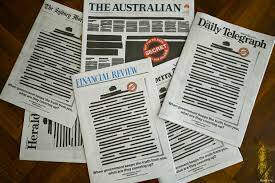
This is not to say that the media is always a beacon of light, truth and justice. The battle for readership has produced its fair share of scandals, tasteless sensationalism and undeserved character assassination as witnessed by the number of defamation cases won by public figures against media organisations.
There have also been numerous integrity issues such as the British phone hacking and bribery scandal as well as a litany of cash-for-comment incidents.
However, war on the media has taken an intriguing twist in the US over the last week.
US President Donald Trump has always used social media as an effective tool to sell his message, but the tide may be turning against him.
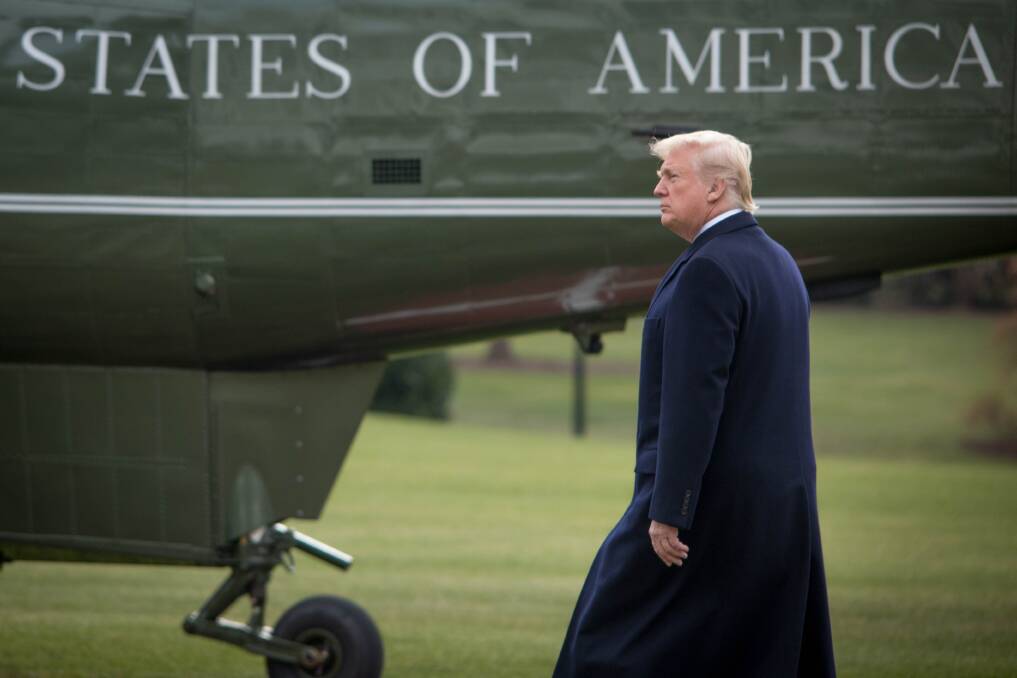
When Trump signed an executive order to put pressure on Twitter for flagging his tweets with a "fact-check", he claimed they were abusing his right to free speech. Social media doubled down and Twitter, Facebook and Instagram all disabled Trump's campaign tribute video to George Floyd citing copyright issues, and Snapchat stopped promoting Trump's account.
In the lead-up to this year's election Trump sees the media as his real enemy.
Our real opponent is not the Democrats, or the dwindling number of Republicans that lost their way and got left behind, our primary opponent is the Fake News Media.
- Donald Trump
We now have the situation where the President of the United States is virtually being censored by organisations who have generally kept their distance when it came to moral-political issues.
Power is an enigma. It has never been more mysterious than it is now.
In the United States, the killing of an Afro-American man by police in Minneapolis has sparked an unprecedented firestorm of rage across America.
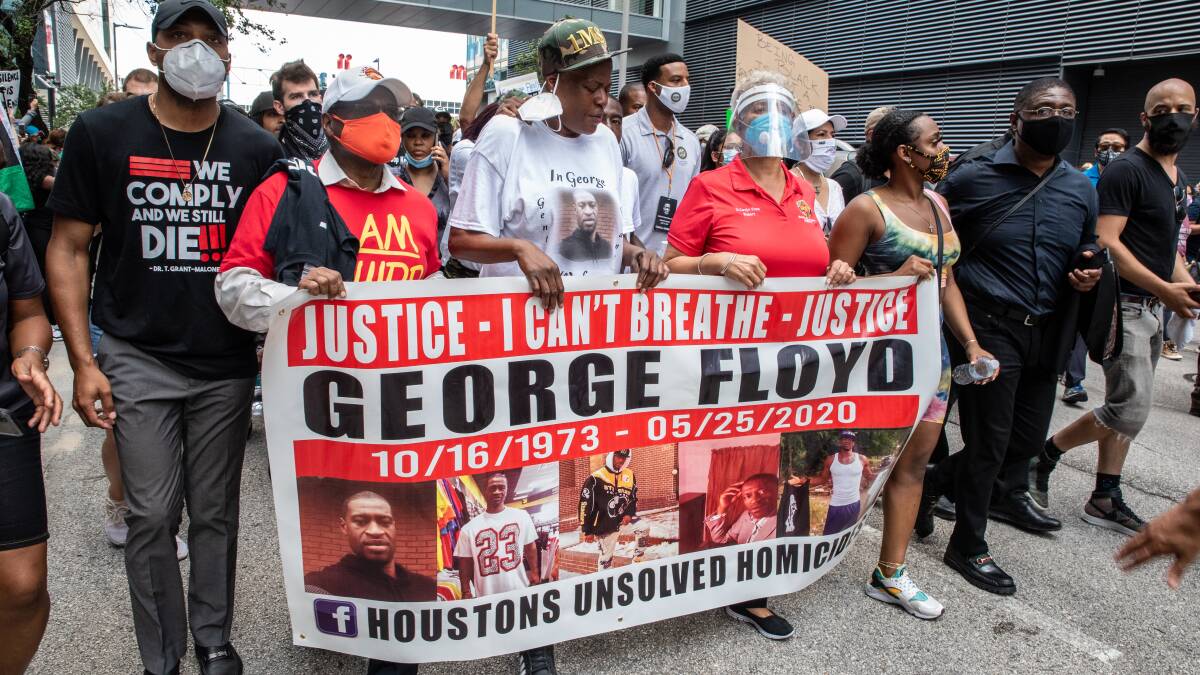
Yet clearly there is more going on than a response to another black death in custody. This is a flashpoint that has led hundreds of thousands of Americans and supporters across the globe to the streets in both peaceful protest and rioting, with violence on both sides of the thin line between order and chaos.
And between those lines is the media, painting a picture, shaping a narrative through reporting, explaining, analysing, interviewing and photographing.
If they are driven from the streets of turmoil, so goes the exposure of what is actually happening, giving more space to the march of authoritarianism.

